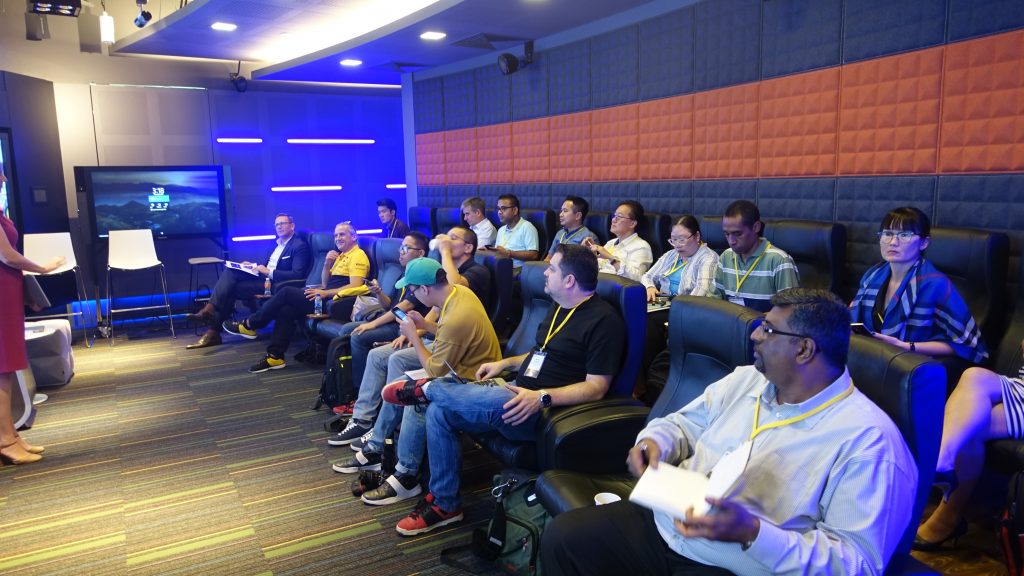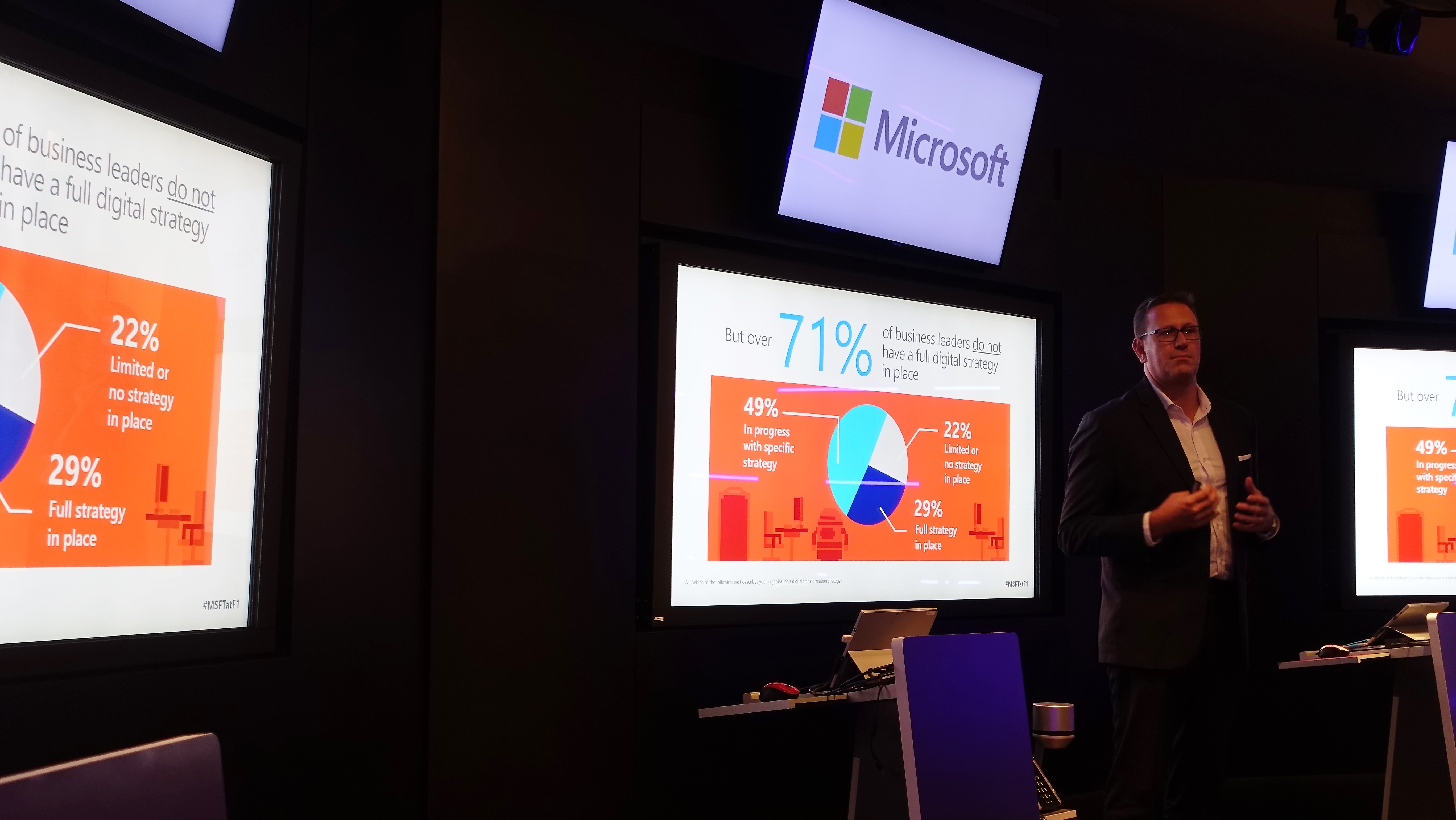In just the year of 2016, ransomware cyber crooks were reported to have raked in RM 4.21 billion. These were the findings obtained by Microsoft in their recent Security Intelligence Report Volume 22. Microsoft Asia assistant general counsel and regional director of Digital Crimes Unit (DCU), Keshav Dhakad explained how Microsoft wants to ensure their users of their technology and cloud services have a sense of trust in them. The Sun had traveled to Singapore to attend the media briefing at the Microsoft Office in Singapore and filed the below story. Read the print version here
CYBERCRIME is on the rise, and one of its biggest threats is ransomware. A ransomware attack involves files or entire systems being held captive, usually through encryption, and only released after the victims pay up, usually through Bitcoin. Last year, ransomware cyber crooks reportedly raked in some US$i billion (RM4.21 billion) in ill-gotten gains. While most victims are individuals, there have been instances when ‘infections’ managed to cripple entire networks. These are the findings by Microsoft in its recent Security Intelligence Report, Vol 22, a biannual report that provides indepth data and insights into the global threat landscape, particularly in software vulnerabilities, exploits, malware, and web-based attacks. One of Microsoft’s key findings is the increasing sophistication of attacks on both consumer and enterprise accounts in the cloud, with substantial increases in user account hacks, malicious sign-in attempts, and the stealing of online identities.

According to Keshav Dhakad, Microsoft Asia assistant general counsel and based in Singapore, cyber security is now a necessity in the face of such rising cyberattack sophistication. “As governments and enterprises embrace digital transformation and strive for resilience, a holistic and agile security platform is ever more critical,” he adds.”This is where Microsoft’s unique threat intelligence innovations and trusted cloud ecosystem offer protection against security threats.”Keshav (right) says one of the core priorities of the DCU is to reduce malware-related infections in the Asia Pacific region. This is done by collaborating with third-party partners under Microsoft’s Cyber-Threat Intelligence Programme. He says: “The programme leverages strong community based relationships and collaborations to collectively analyse and assess existing local and regional cyber security threats. It will develop detection, identification, and notification features, and offer threat remedies to benefit governments, organisations and individuals.”At the same time, Microsoft hopes to create deeper awareness about rising cybercrime threats and enhance the value of trusted digital platforms and cloud computing systems, as well as build global best practices on preventive measures for a safer internet ecosystem. Keshav points out: “We want to ensure that users of our technology and cloud services have a clear sense of trust.”And one way we do that is to fight cybercrime pro-actively.”The number of malware, according to Keshav, is rising exponentially and cyber criminals will strike whenever there is an opportunity. This can include vulnerabilities within the IT supply chain, where they will steal private, financial, and confidential data from computers. In addition to fighting cybercrime, Microsoft’s DCU is also helping to fight the exploitation of children through its Photo DNA project. This project is done in partnership with the US-based National Centre for Missing and Exploited Children that began six years ago. It allows agencies to scan and log abusive images of children, giving each photo a unique ‘fingerprint’.

